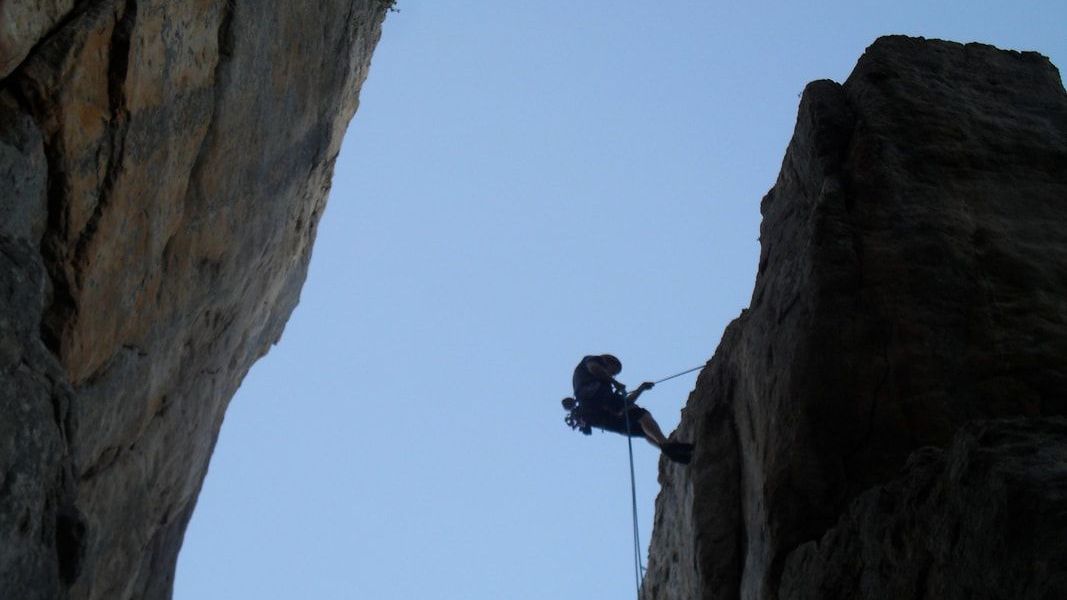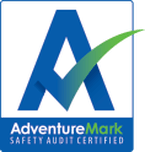AdventureMark
NEWS
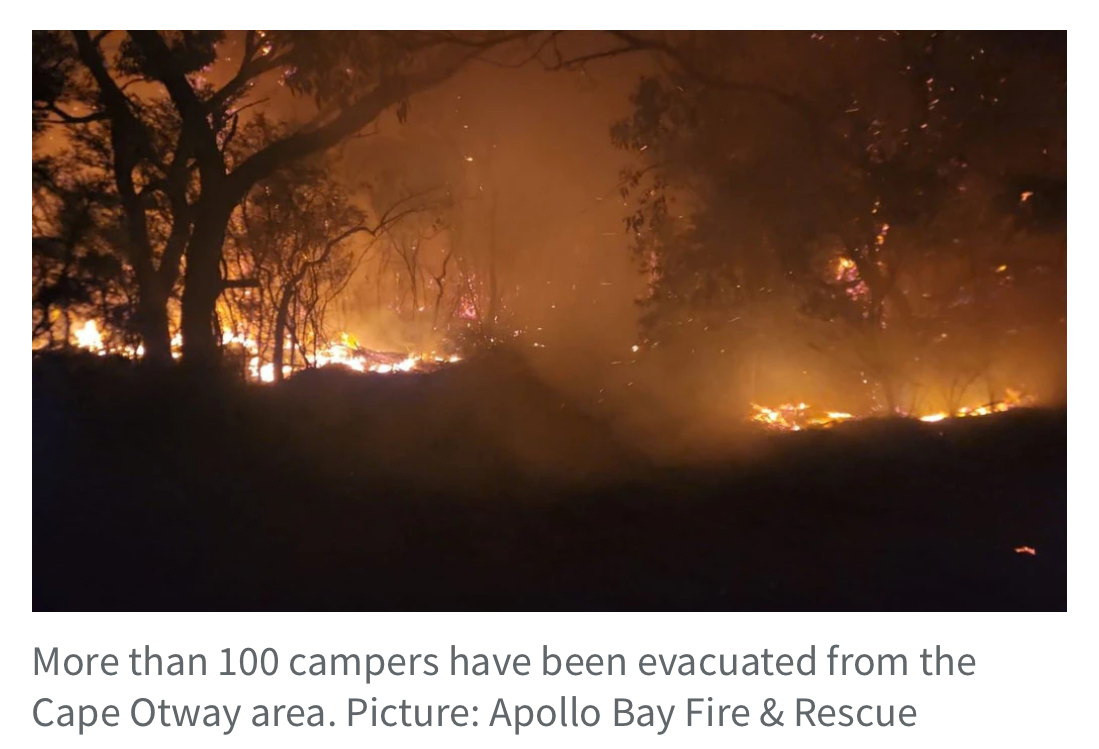
Have you noticed more natural hazard emergencies in the news lately? Are your emergency response plans designed for major events, or just single incidents—like when a participant breaks a leg and the guide calls for an evacuation? We’ve seen the impact of the Nelson-Tasman floods in 2022, and more recently, the disruption caused by Auckland Anniversary and Cyclone Gabrielle’s rain, wind, and flooding. Fires have also flared up in the Christchurch Port Hills, Castle Hill, Waikato, Coromandel, and Northland. Dr Nicola Day from Victoria University in Wellington warns that, “modelling suggests that in the next decades, we will have a climate that's sort of similar to Australia, which is kind of alarming for us because we have not really had to think about fire a lot. We really need to be more prepared for wildfires in the future. If you think of Otago, it is full of those beautiful iconic tussock grasslands, and those catch fire really quickly and will help a fire travel really fast.” While coastal flooding is New Zealand’s fastest-growing insurance risk, fires are likely next, says insurance and climate researcher Belinda Storey. In January, my wife, two kids, and I were doing part of the Great Ocean Walk in Victoria, Australia. After a few rainy days of walking and camping, we took a break at Bimbi Park to dry out our tent and gear. At 3am, we were woken with news of an approaching bushfire—apparently sparked by an unattended campfire—and told to evacuate immediately. It became the Cape Otway Bushfire that made the news. We were directed on the best route to avoid the approaching fire and warned that fleeing kangaroos and other wildlife posed additional hazards. Three days later, we returned to retrieve our gear. Chatting with the owners, they explained that they had been there for over twenty years and this was their first bushfire evacuation. However, they had identified the risk and planned, and reviewed and tested the plans, over the years. This approach meant that the first time they encountered this emergency situation, they responded with calm professionalism. I found out that the first iteration of their fire evacuation plan included the camp assistant manager going straight into Apollo Bay, the nearby town, to help set up the evacuation centre with the owners’ infant son. On the day of the fire, it was that now 20-year-old son who calmly woke us and guided us to safety. Encourage your staff to imagine worst-case scenarios—collective brainstorming often reveals risks we might not consider alone. When reviewing emergency plans, think about how they can support guides, staff, and participants through serious Emergencies (with a capital “E”). It's unlikely that you need a separate plan for every scenario. The key is to test your current plans against foreseeable situations to see if they hold up or need adjusting. For instance, you may be ready to evacuate someone with a medical emergency—but what if it happens late in the day, with a storm approaching faster than expected? Emergency services might not arrive until the next day at the earliest. Can your group shelter safely overnight, or do they need to move? Can they move? What if a flood or fire is approaching? These are the kinds of questions that can help refine your Emergency Response Plans for those big emergencies.

“Safety procedures should be acknowledged as bureaucratic tools that do not create safety by their mere existence. Procedures manage risk, but do not necessarily create safety” Danish Maritime Accident Investigation Branch. We don’t service our cars, change the tires, and replace brake pads to pass a Warrant of Fitness. We do all these things to make our journeys on the road as safe as possible. Audits are like a WOF. Your Safety Management System shouldn’t be designed to pass an audit. A SMS should be designed to make the operation of activities as safe as possible. When all the different components of your car work properly together, you have a safe ride. When all the components of your SMS work well together, your operation runs smoothly, managing the risks as effectively as possible. Getting a WOF or audit becomes what it was designed for: simply a check that you are already doing the things that you’re supposed to do. We have to remember that you can pass a WOF, but if your standards slip (like your tyres going bald) before the next 12-month check, you can still be charged by the cops; audits work in a similar way. You might pass an audit, but if your compliance standards drop in the interim, you could still face penalties in the event of an incident or investigation. This isn’t about auditing, this is about you ensuring that you continue to adhere to your SMS all the time, not just when the auditor visits. The Regulations, Standards, and guidelines that we are supposed to adhere to were all designed with the intention of reducing incidents and increasing good practice in the adventure industry. If you use this intent when reviewing your SMS, the result will be much easier to follow than if you only use our SMS as a way to pass an audit.
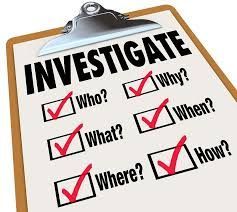
We’re always told to investigate any incidents, including near misses. The Safety Management System Requirements for Adventure Activity Operators requires every operator to “establish a process for investigating and reviewing incidents, understanding the underlying causes, identifying improvements to the SMS, and analysing trends.” This is so that we can learn from events and don’t miss out on a valuable opportunity to improve. I had a great chat with an app developer who has designed an app for farmers. Her business gets regular complaints that the font is hard to read, the buttons are too small and the app is too complicated to use. Now it would be easy to simply say that the farmer’s phone is the size that it is and there’s nothing that can be done about that. Or that the farmer has thick fingers from a lifetime of hard work so his fingers aren’t designed for smartphones. But saying “it is what it is” doesn’t improve the situation; the farmer goes away unhappy and the company loses a client. Instead, they acknowledge that it is the farmer’s lack of ability to use their phone properly BUT what can they do to improve their system to make it easier? What can they do to reduce the likelihood of mistakes and frustration from inexperienced app users? Investigating the complaints to identify what can be done to reduce this identified human error keeps their customers happy and reduces the likelihood of more farmers having the same issues. This increases their customer base. In Adventure Activity incidents, we’ve seen that ‘human error’ is often listed as the underlying cause. But what led to that human error? What allowed human error to occur? Could it happen again? What could we change to reduce the likelihood of that same error being made by another customer? Asking questions like these could really help to improve our systems to reduce the chance of people being able to make avoidable mistakes. We’re all human, and we all make mistakes. What can we put in place in our activities to make sure that when we do make a mistake, it doesn’t have terrible consequences?

Please remember, just because you haven’t necessarily been audited against the new requirements, doesn’t mean you are not subject to them. When we transition to the new Adventure Activities Regulations on 1 April 2024, all Adventure Activity Operators are subject to those Regulations, regardless of when your last audit was, or when the next one is scheduled. As a WorkSafe registered Adventure Operator, it is your responsibility to know what the rules are that you are subject to. If you’re not sure about the changes, it’s a good time to discuss them with your technical adviser(s). A good technical adviser will be up to speed with the changes, or will be bringing themselves up to speed. It’s a common theme but we always recommend planning ahead to reduce stress. WorkSafe need to review certification decisions carefully before they can update your registration. If you leave your audit right up until your certification expires, it’s likely that WorkSafe won’t have updated your registration before that expires, putting your ability to operate at risk. The Certification Scheme allows recertification audits to be done up to three months before the expiry date. So, if you want to reduce the stress, and risk, of leaving things until the last minute we can get your audit rolling early. Easy! We’ve fielded a few questions about what audits under the new Regulations look like. Please rest assured, they will still be conducted by the AdventureMark team using the audit process you are all familiar with. You will have more direct communication with WorkSafe, for example, instead of AdventureMark submitting your registration, we will complete your audit report and certification and send it to you. You then provide that information to WorkSafe, who process your registration. In addition, you will know that there are beefed up requirements around when and how you communicate risks to potential customers. A ‘belt-and-braces’ approach is advisable here. Try and implement several ways to ensure people thinking about booking can be aware of what dangers are involved. You can brief booking agents on famil trips, publish a risk disclosure on your website, tripadvisor, etc. Consider it from this angle: If a client arrives at your activity and, during the safety briefing says: “I didn’t know that could happen, I want to pull out” then the risk disclosure may not have been sufficient. WorkSafe have published a guide to the coming changes that you can find here: https://www.worksafe.govt.nz/topic-and-industry/adventure-activities/changes-to-the-adventure-activities-regime-what-they-mean-for-you/
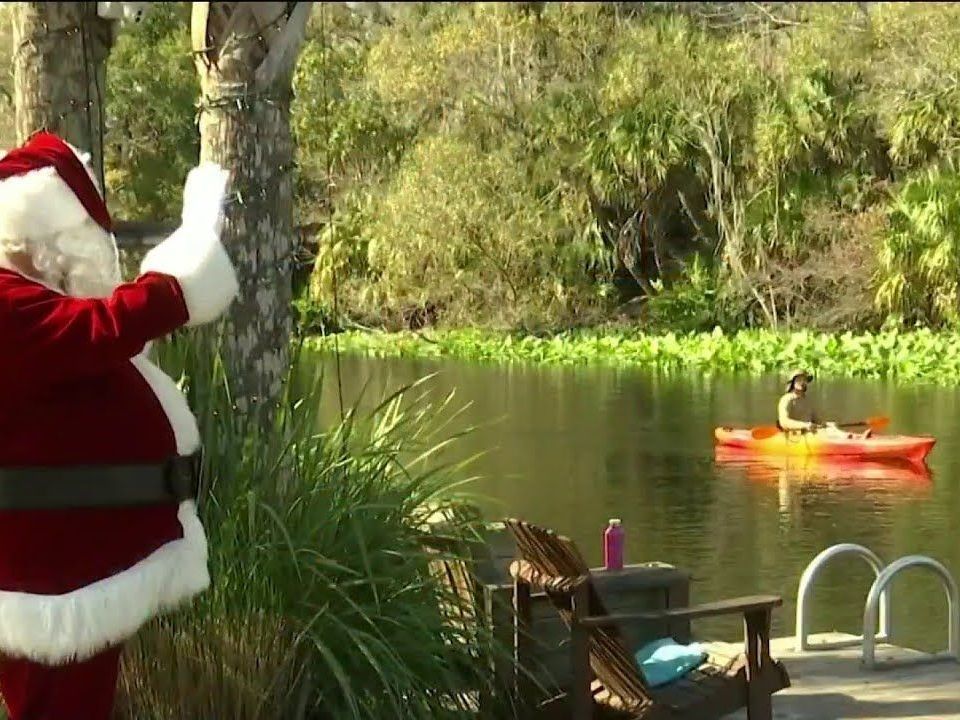
What a year it has been! We want to extend a public heartfelt thank you to the AdventureMark team of auditors and technical experts. The roles carry a real sense of responsibility and thanks need to be extended to the crew who put in the mahi to help our operators understand the rules and get their audit requirements done in these stressful times. It is with reluctance that we have accepted Simon Reynolds’ resignation from AdventureMark. Simon has been with AdventureMark from the very beginning, providing us with expert advice and passionate service to the off-road and event operations he has audited for almost a decade. Simon’s next move is to spend more time in the bush and exploring rivers in his inflatable jetboat. Simon, we are confident your clients will share our disappointment, your wealth of experience and practical approach will be missed by everyone. Thanks for all your hard work since the beginning, you’ve helped get us where we are today, and your efforts are much appreciated. We also want to congratulate all the AdventureMark certified operators for getting their audits completed. It’s been heartening to note that most operators have developed a solid understanding of the Adventure Activities Regulations and the relevant Standards and good practice references for the relevant activities. If your 2023 report was overall positive, it’s likely that you are well-positioned to be ready to transition to the updated Regulations and Standard in 2024. Please note that the AdventureMark office will be closed from 20 December to 15 January. If you need to submit information to us, please ensure you do it well before 20 December.
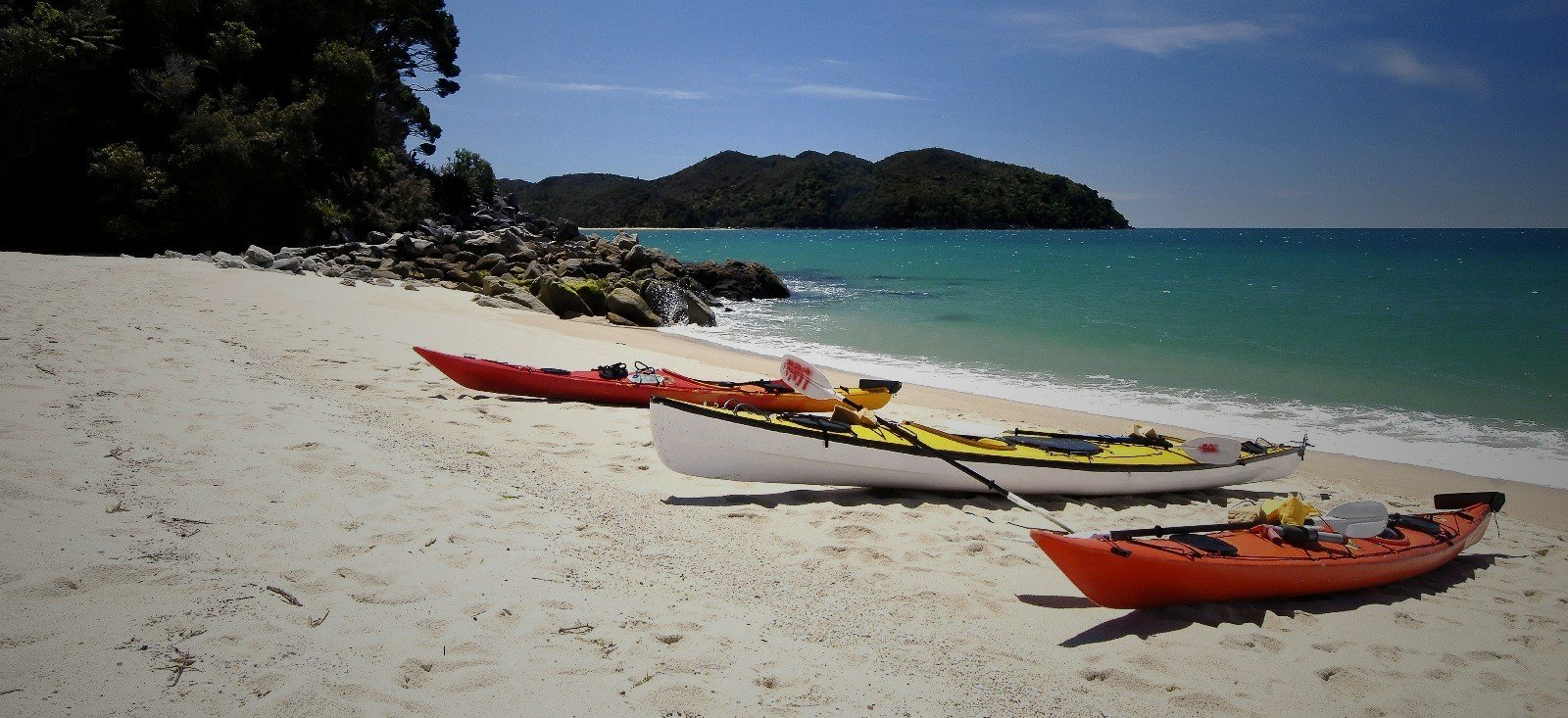
A few operators have asked why we’re reminding them that their recertification audits are due several months before the due date. The short answer is to reduce stress at the last minute. Below is a simple list of the steps to have your recertification completed and, more importantly, your WorkSafe registration updated. First, what’s the difference between certification and registration? Certification comes from us, your certification body. We can issue a certificate once we’ve completed a certification audit. The certificate and audit reports then go to WorkSafe, who review that documentation and, if satisfied, register you as an Adventure Activity Operator. The legal requirement is registration so, if you registration is not current, you could be in breach of the Health and Safety at Work (Adventure Activities) Regulations 2016. Recertification steps: Get a reminder email from us, nice and early to prevent last minute stress that there won’t be time to get it all done. Complete an Operator Profile Form and return it to us. We send you a cost estimate and contract, which you review and, if satisfied, sign and return to us. Then we can appoint your auditor, who will send you a document review checklist. You complete this (at your leisure because we’re nice and early) and return it to us, along with any supporting evidence. While we’re reviewing the documentation, we should plan for your onsite audit so that we can keep travel expenses to a minimum. Last minute plans mean last minute prices. We come onsite to observe your activities, chat to staff, and go through anything we couldn’t ascertain from the initial document review. We’ll always have a closing meeting after the onsite so that you know what the contents of the report will be, including any areas that might need to be worked on. Because we’re planning ahead, you may have time to address any nonconformities before the final report, keeping thins tidier. The final report is then drafted and sent to the audit manager for review and then a certification decision is made and your new certificate issued (this can take up to 5 working days). Once approved, it is then sent to you, and on to WorkSafe. WorkSafe then review the final report and audit documents before making a registration decision. This can more time (up to 20 working days). Your registration is then updated. The New Zealand Adventure Activities Certification Scheme 2023 says that “Recertification audits can occur up to three months before the operator’s certification is due to expire.” so, if you’re keen to get your recertification audit done, please don’t hesitate to get in touch and we’ll make a plan that works for you and fits within the rules we’re subject to.

Have you had a look through the New Zealand Adventure Activities Certification Scheme 2023? This was published in January and contains the ‘rules’ that auditors and audit bodies need to follow. If you’ve ever wondered why we need to do surveillance every year, or if you can extend your certification date, the answer is in this document. Currently, we audit against the Safety Audit Standard for Adventure Activities 2017. Hopefully you’re familiar with the contents of this document by now because it contains the rules that operators need to follow. The next version of this standard for adventure activity operators is due to be published soon. We don’t know when this may be. WorkSafe have indicated that we’re flying a holding pattern until the Adventure Activities Regulations are updated. Until they are, you are still subject to the same requirements as the last few years. The Adventure Activities Regulations 2016 are the 3rd leg of this three-legged stool that hold up the Adventure Activities regime. These are the laws that are attached to the Health and Safety at Work Act that all adventure activity operators need to comply with. MBIE are hoping to take the 2023 version of these Regs to cabinet in the next couple of months. Once ratified by cabinet, the new Regs will be gazetted and come into law. It sounds like the new Standard will be implemented at the same time. We don’t have a crystal ball so can’t say when this will happen. WorkSafe have indicated that it may be later in 2023, perhaps pushed out to 2024 so, for the time being, we recommend this: Refamiliarize yourself with the Safety Audit Standard for Adventure Activities 2017 Read newsletters and articles relating to the Whakaari tragedy and prosecutions. These findings show how the law is interpreted, especially around explicitly disclosing risk, identifying and managing natural hazards, as well as operating parameters and emergency response plans. Keep doing the good work that the New Zealand Adventure Activities industry is renowned for.


